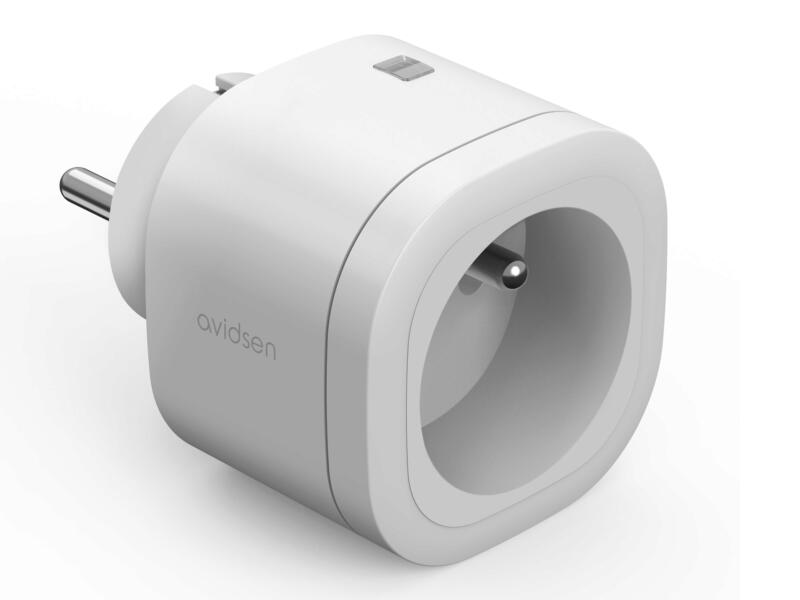Adding Shelly to a two-way-switch wiring

I have a two-way-switch (Hotelschakeling in Dutch) wiring in my garage to turn the lights on or off. There's a switch near the garage door and one near the door to the hallway. After some reverse engineering, I found out the electrical wiring is done like depicted below: So there's a VOB 5g1.5mm2 running from the switch near the garage door, to the switch next to the door towards the hallway. This is because that same circuit needs to power some additional lights in other rooms on the ground floor. I want to leverage a Shelly to: Turn on the lights when the garage door opens Turn off the lights automatically after, say 5 minutes Run automations in Home Assistant to make sure no power is wasted when someone leaves the lights on in the garage To connect the Shelly, I changed the above wiring to what you can see below: Next I downloaded the app and let it find the Shelly via bluetooth. This was a very straightforward and smooth process, unlike a lo...





